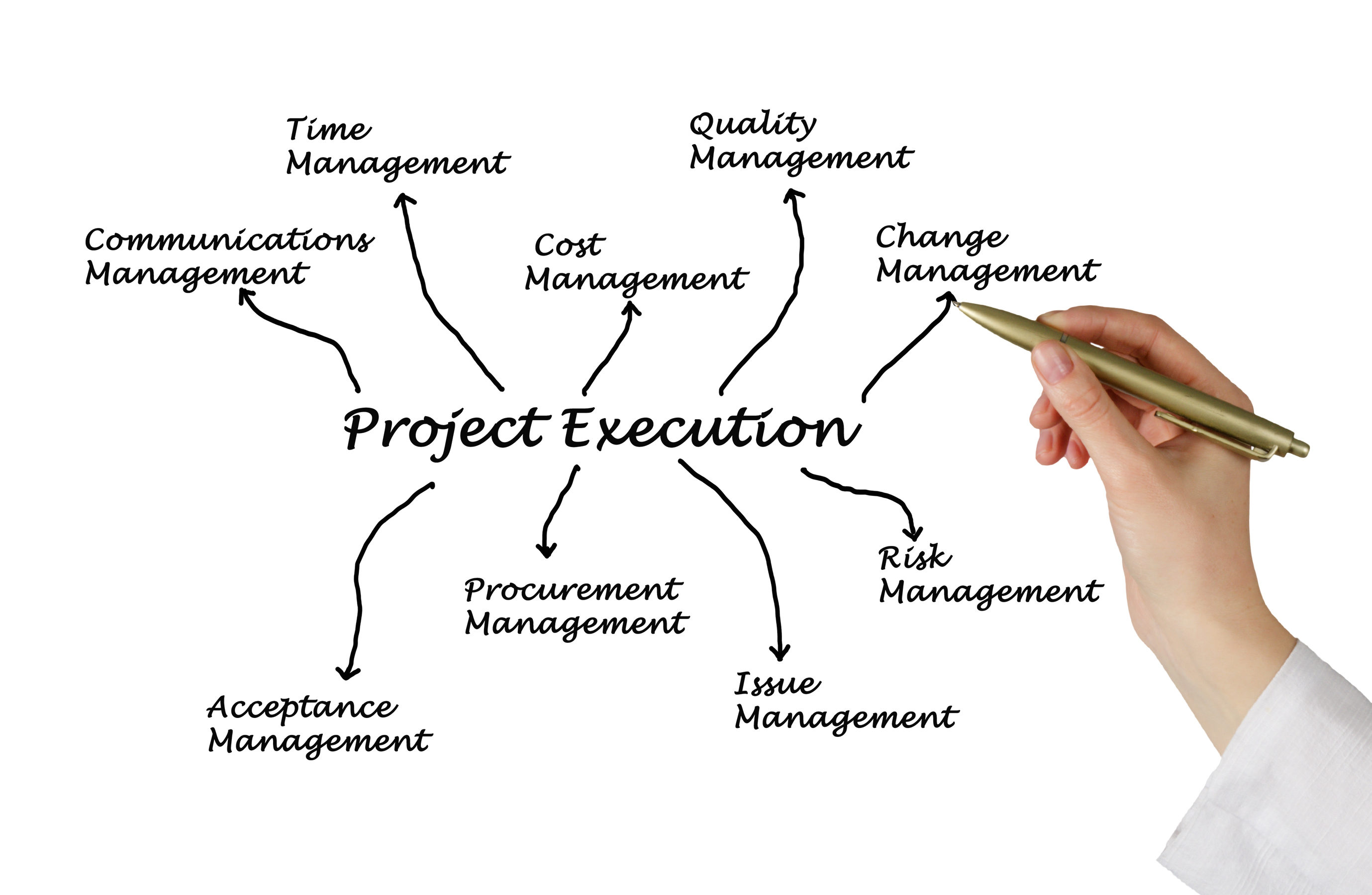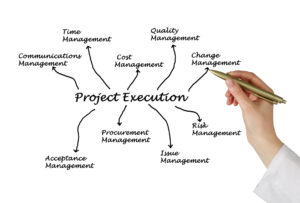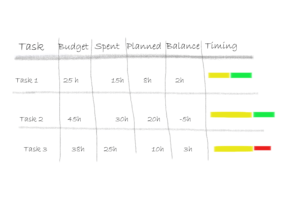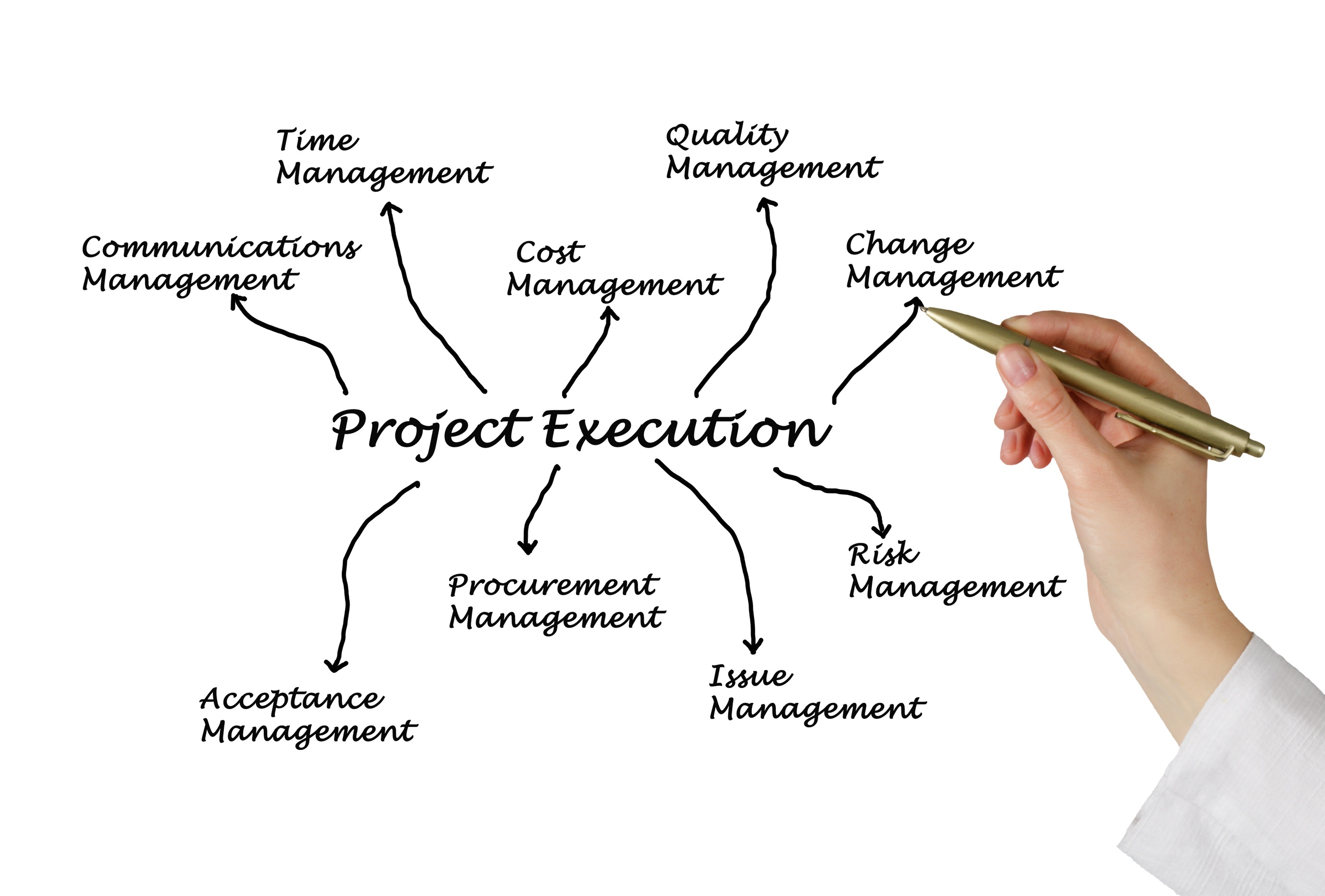
The guide for lawyers working with a budget
The guide for lawyers working with a budget
It’s no big secret that most lawyers are accustomed with the business model where all hours are being paid. But as clients mature and get smarter, they’re asking for budgets, fixed fees, fixed deadlines, capped fees… For most professionals outside the legal world, this has been common practice for years. For most lawyers it’s a huge step. Some of them see the complexity. Others don’t and just introduce fixed fee arrangements, with huge negative impacts on profitability. Overwriting in more than half or even up to 75% of the cases is no exception unfortunately.
In this article we give a condensed guide on how to work within a budget. It is really possible to stay under your budget and increase your profitability! So here’s a guide on how to handle alternative fee arrangements and increasing your profitability.
Stop reading if all your clients want to bill every hour.. for now and in the future. Continue reading if that’s not the case
If you’re working within a budget, you will have to take care of all risk threatening that specific budget. A lazy colleague, unforeseen complications, an unwilling adversary, unforeseen volumes of dossiers, unnecessary research, et cetera. They all are a threat to your case, your profitability and eventually your business. On the upside, working on a budget gives you also the opportunity to reach the same goal with less cost, thus increasing profitability.
So you need to be in control of risks and opportunities, grasp the complexity of the case, and deal with all stakeholders… Most lawyers would say that it has been part of their job to control those risks, which probably is true, but when working on a budget all the effects have direct impact on your profitability instead of the client. You need to be in in control.
Working on a budget means
Common sense x DISCIPLINE
And being in full control might seem difficult, but it’s actually a lot of common sense with a huge amount of discipline. So here are the commons sense guidelines on how to get in control. Make sure that for every case you work on (certainly when it’s over a weeks work or so), you use the following guidelines:
- Start with an up-front Case analysis
- Plan all activities on time and with the required lawyers
- Monitor weekly on deadlines, hours spent and planned and adjust accordingly
- Communicate with the client on progress of the case (besides the legal discussions)
- Focus on profit not on revenue
- Evaluate, learn and improve
That’s it. If you want to know more on these guidelines, read on.
Up-front Case Analysis
Before you start working, analyse the case. Assess the risks, describe the case from a clients perspective, define your work and required result, etc. Make it formal by informing your client on how you perceive their request.
A firm is nearing bankruptcy due to a loss of a big client. The shareholders are anxious for any negative publicity when a bankruptcy would be unavoidable. A lawyer is asked to assist. His first impression is one of uncertainty. Who is the client (the CEO or the shareholders). What is the scope (check for risk of bankruptcy, how to avoid it or controlling a quiet bankruptcy). Who pays his bill.

project execution
By performing the Up-front Case Analysis he actually separates the case in two sequential parts with different clients. The first case is the economic viability of the firm. The client is the firm itself and the only question is if the firm is viable. The case ends there with a simple ‘yes/no’. On ‘yes’ the firm can continue to operate and legal spend has been minimal without putting the firm at more risk. On ‘no’ the case can shift to the investors. Their worry can be addressed by the lawyer from a legal perspective and they can ask him to handle a controlled bankruptcy.
Planning time & lawyers
Before starting the case, after the case analysis, a planning has to be made. The planning consists of all required activities, combined in a few phases. All activities are planned in time (when), work (how many hours), who (who performs), requirements (what is needed before starting) and dependencies (which activities are related). A planning provides the responsible lawyer (or project manager) a method of steering on the deadlines.
Monitor weekly on deadlines, hours spent and planned and adjust accordingly
Being in control means monitoring on set times, frequently. Check the completion ratio of tasks, the hours spent, the budget and the actual planning. Adjust your resources accordingly to meet deadlines, budget and quality.
Communicate with the client on progress of the case (besides the legal discussions)
Plan frequent meetings on the progress of the case with a focus on deadline, budget and quality of work. That means, not focusing on the legal issues, but focusing on issues like: Is the case going as planned considering progress, time and deadlines?Is the budget sufficient or is additional funding required due to unforeseen legal work? Is their any change in the expected quality of the work, within the budget and time constraints?
And with every step, you need to combine your hard and soft skills. Hard skills on issues like budget, constraints, etc. whilst soft skills are required to gain an open and trustworthy relationship. Not only with your client, but especially with you colleagues as they should be willing to discuss their worries about the deadlines, etc.
Focus on profit not on revenue
When you’re working with a fixed budget, you need to change your perspective on money. The focus needs to shift from revenue (hours x rate) to profit (budget minus cost). That means you require insight in the actual cost of colleagues (all inclusive), external suppliers, et cetera. A practical way is to use cost-categories for lawyers like $300 per day for starters, $400 for first year up to $600 per day 6th year’s of associates.. This enables you, as a project manager, to decide upon which lawyer is best suited from a profit point of view, for the task, taking into account the quality, speed of work and cost. For example, you shouldn’t ask a partner for a task when a starter can accomplish the required quality in twice the hours but with a quarter of the hourly cost. The cost for the partner will the double. I focus here on cost, not on hourly rate, as they are not relevant in a fixed fee case.
Evaluate, learn and improve
A good project manager learns from every step in the project, with the best learning part at the end of the case. If you take the time to review the case after it has been presented to your client, you’ll be amazed at what you can learn. Focus, at least, on these three topics:
- Where and why was your forecast in hours/time/cost conform reality?
- Where and why was there a significantly discrepancy between reality and forecast?
- Which unforeseen events occurred, why did of didn’t you communicate it with the client and what was the reaction?
And fourth:) What lessons are to be learned for your next case, or shall we call it project?
Still here? Yea – you got discipline!
Great, listen on: Treating cases as if they are projects can really help you for staying within budget. I actually believe it’s the best way to stay within budget, but you need common sense (that shouldn’t be a problem for a lawyer) and discipline. You’re on track by reading up to here, so use that quality for your project management skills and you’ll beat all others who stopped reading :). As a little present I’ve got this nice picture to stare at and imagine how your next client will respond if you actually propose to work fixed price (and earn more!).


De auteur

Timo Schrama
Innovatie en digitale strategie
Innovatietafel, Intervisie, Changemanagement en disruptie, Legal Project Management en Procesverbetering 06-55858128 timo.schrama@law4ce.com Meer informatie
